Every year on August 26, India and the world mark the birth anniversary of Mother Teresa (1910–1997), the Albanian-born nun who made Kolkata her home and the less-fortunate her life’s mission. Beyond the familiar image of a Nobel laureate in a white sari with blue borders lies a story layered with migrations, inner turmoil, unlikely diplomacy and a movement that outlived its founder. Here are ten carefully documented insights into her extraordinary life.
1) Her name wasn’t “Teresa” at birth
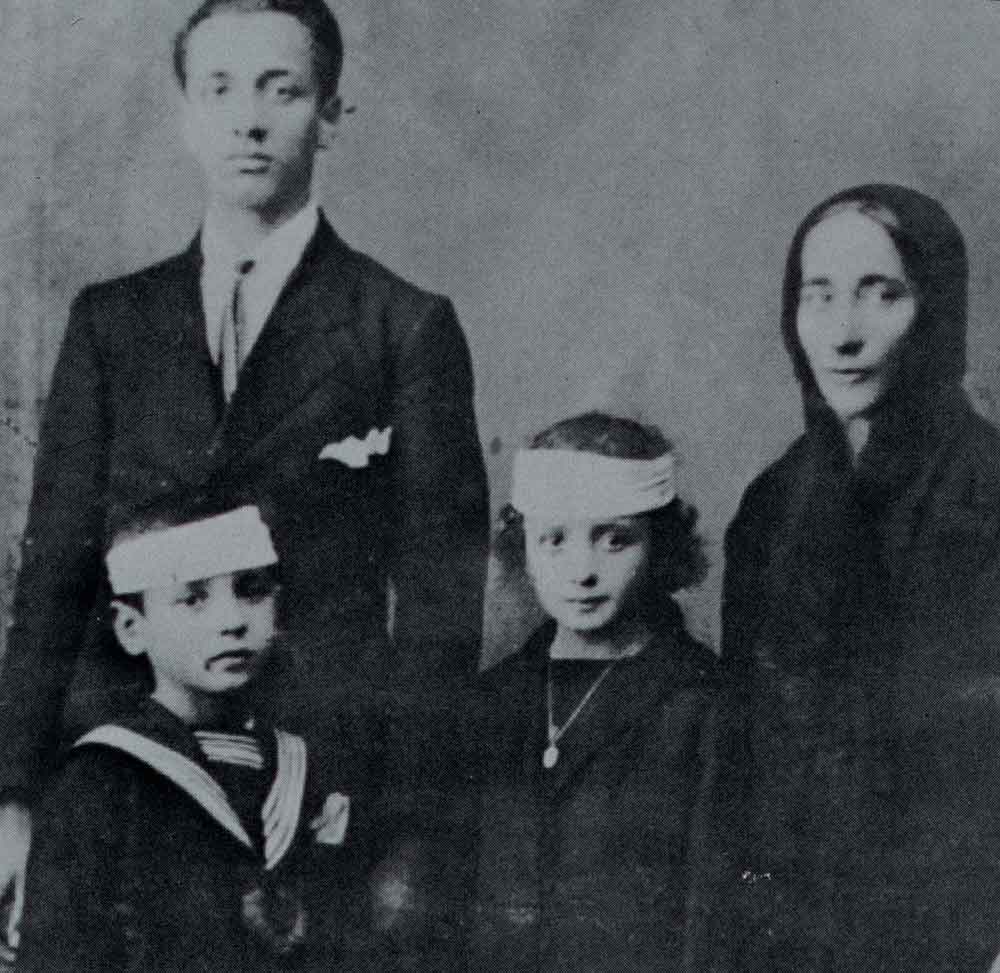
Born Anjezë Gonxhe Bojaxhiu in Skopje (then in the Ottoman Empire, now North Macedonia), she took the name “Teresa” when she joined the Sisters of Loreto in Ireland in 1928, choosing it in honour of St. Thérèse of Lisieux, the patron saint of missionaries (National Catholic Register; Nobel Prize biography).
2) She left home at 18 and never saw her mother or sister again

At just 18, she boarded a train to Ireland, then sailed to India. According to her biographers and records cited by the Mother Teresa of Calcutta Centre, she never again saw her mother or sister due to political unrest in communist Albania, though letters reveal their continued bond.
3) India was not her birthplace, but it became her identity
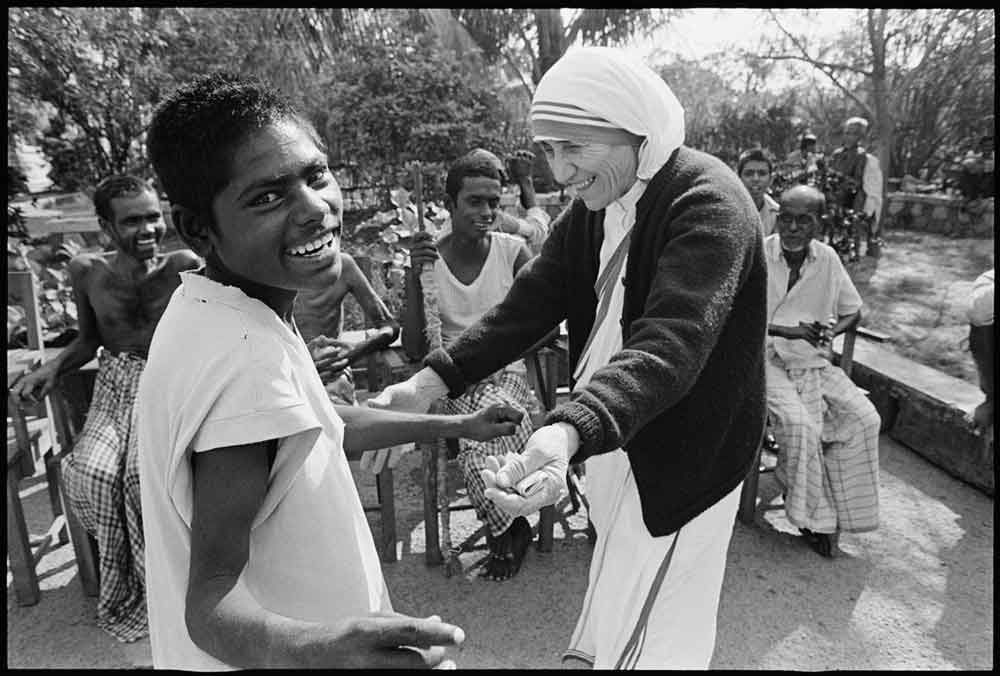
After arriving in Kolkata in 1929, she taught at St. Mary’s School for girls. In 1948, she gave up her Loreto habit, adopted a simple cotton sari with a blue border, and became an Indian citizen (Government of India archives). Though Albanian by birth, her identity and mission were inseparable from India.
4) Her “call within a call” came on a train to Darjeeling
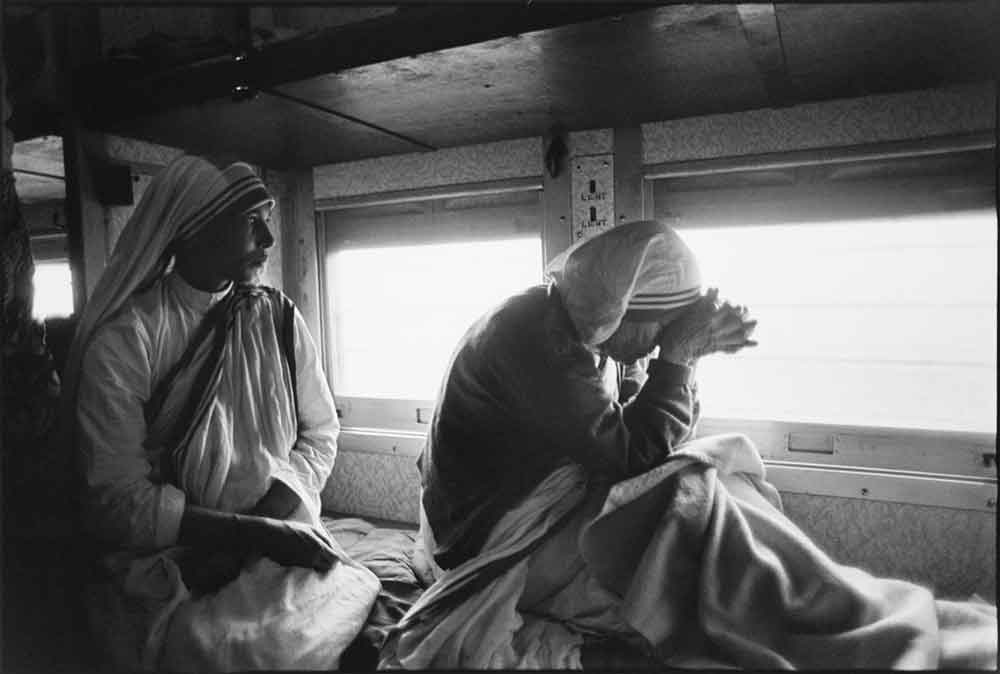
On September 10, 1946, while travelling by train to Darjeeling, she experienced what she later described as a “call within a call”, a divine directive to leave the convent and dedicate her life to serving Kolkata’s destitute. This pivotal moment is detailed in her own writings and in biographies such as Mother Teresa: Come Be My Light.
5) Her first classroom was the open air
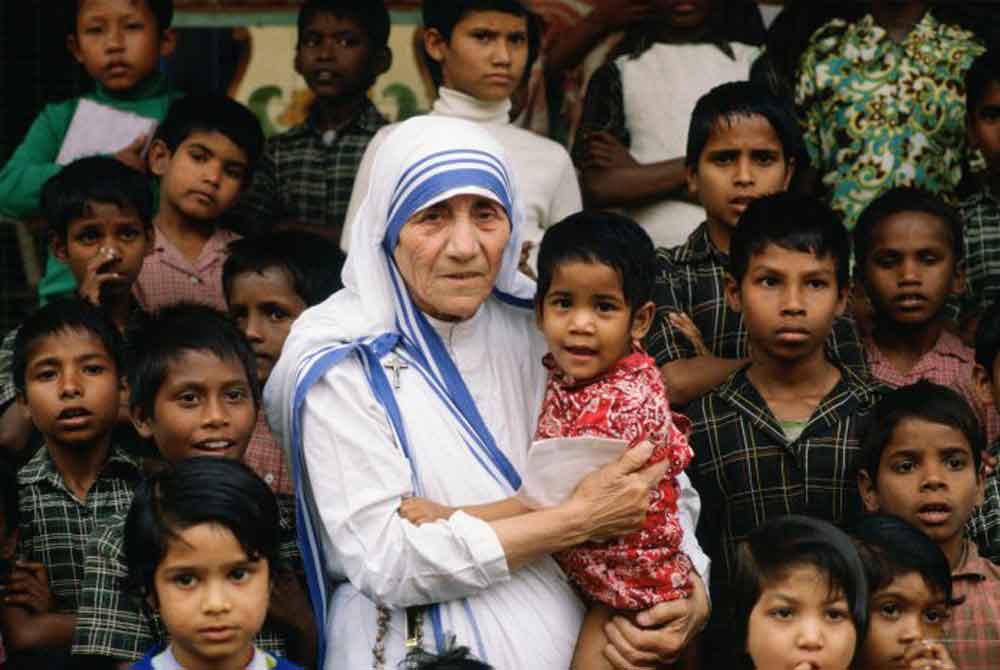
Without resources, she began by teaching slum children under a tree, using a stick to write letters in the dirt. According to the Nobel Prize official biography, her grassroots efforts soon attracted volunteers, enabling her to open a school and later a dispensary.
6) She founded the Missionaries of Charity with just 13 sisters
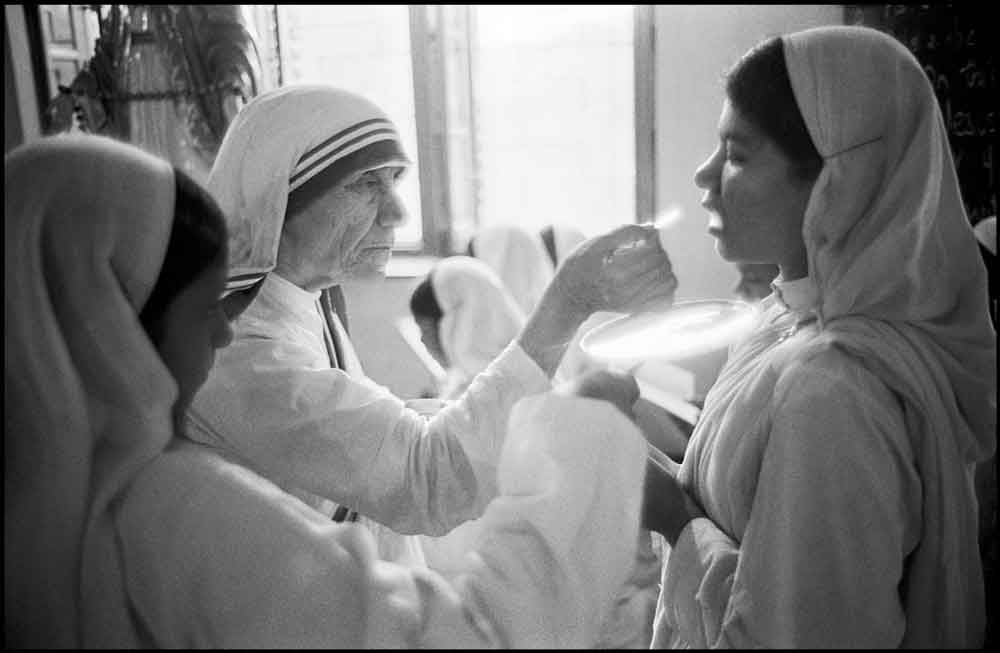
In 1950, the Vatican officially recognised the Missionaries of Charity, which began with only 13 members. Today, the congregation has grown to more than 5,000 sisters working in over 130 countries (Missionaries of Charity records).
7) She won the 1979 Nobel Peace Prize, then redirected the banquet funds
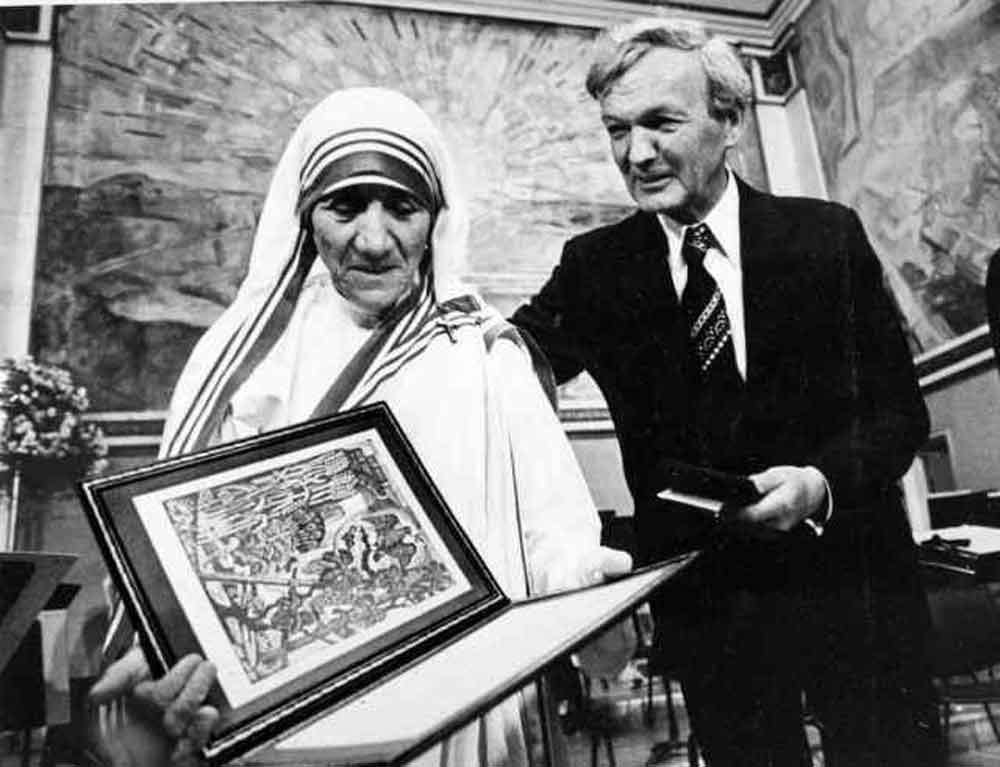
When she received the Nobel Peace Prize in 1979, Mother Teresa declined the customary banquet. She asked instead that the funds be given to the poor in India, stating she accepted the prize “in the name of the hungry, the naked, the homeless, the crippled, the blind, the lepers” (Nobel Prize archives).
8) She helped broker a ceasefire in Beirut
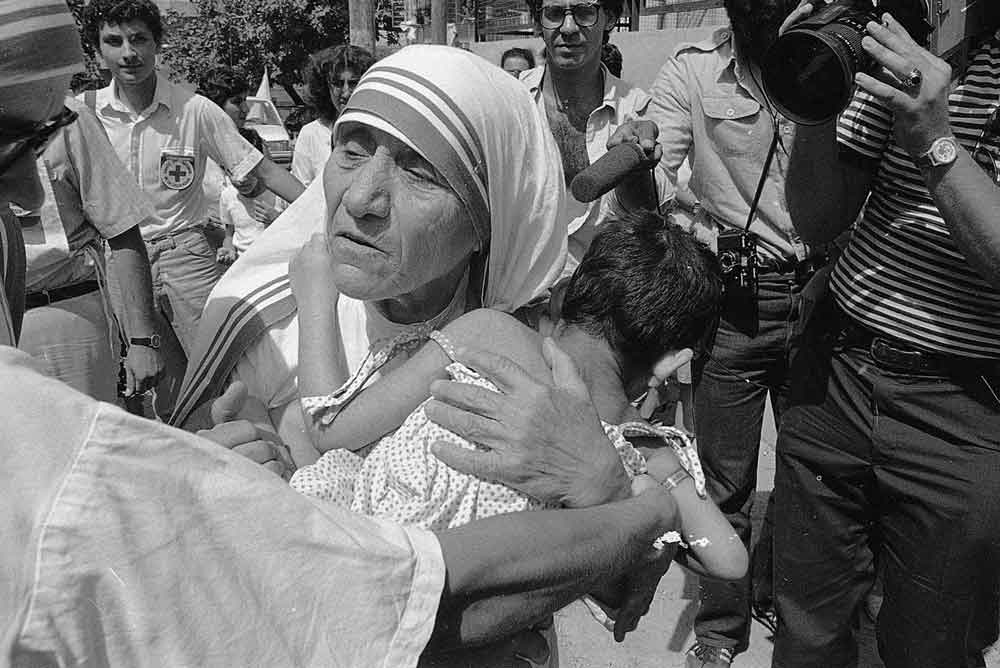
During the Lebanese Civil War in 1982, Mother Teresa personally negotiated a temporary ceasefire in Beirut to rescue 37 children with disabilities trapped in a hospital. According to contemporaneous reports in The New York Times and the BBC, the warring parties halted fire long enough for her mission to succeed.
9) Her private letters revealed decades of doubt
In 2007, the publication of her personal letters in Mother Teresa: Come Be My Light shocked many admirers. They revealed that for nearly five decades, she endured feelings of spiritual emptiness and a sense of God’s silence. Scholars note that this interior darkness, far from weakening her legacy, underscored the perseverance of her service.
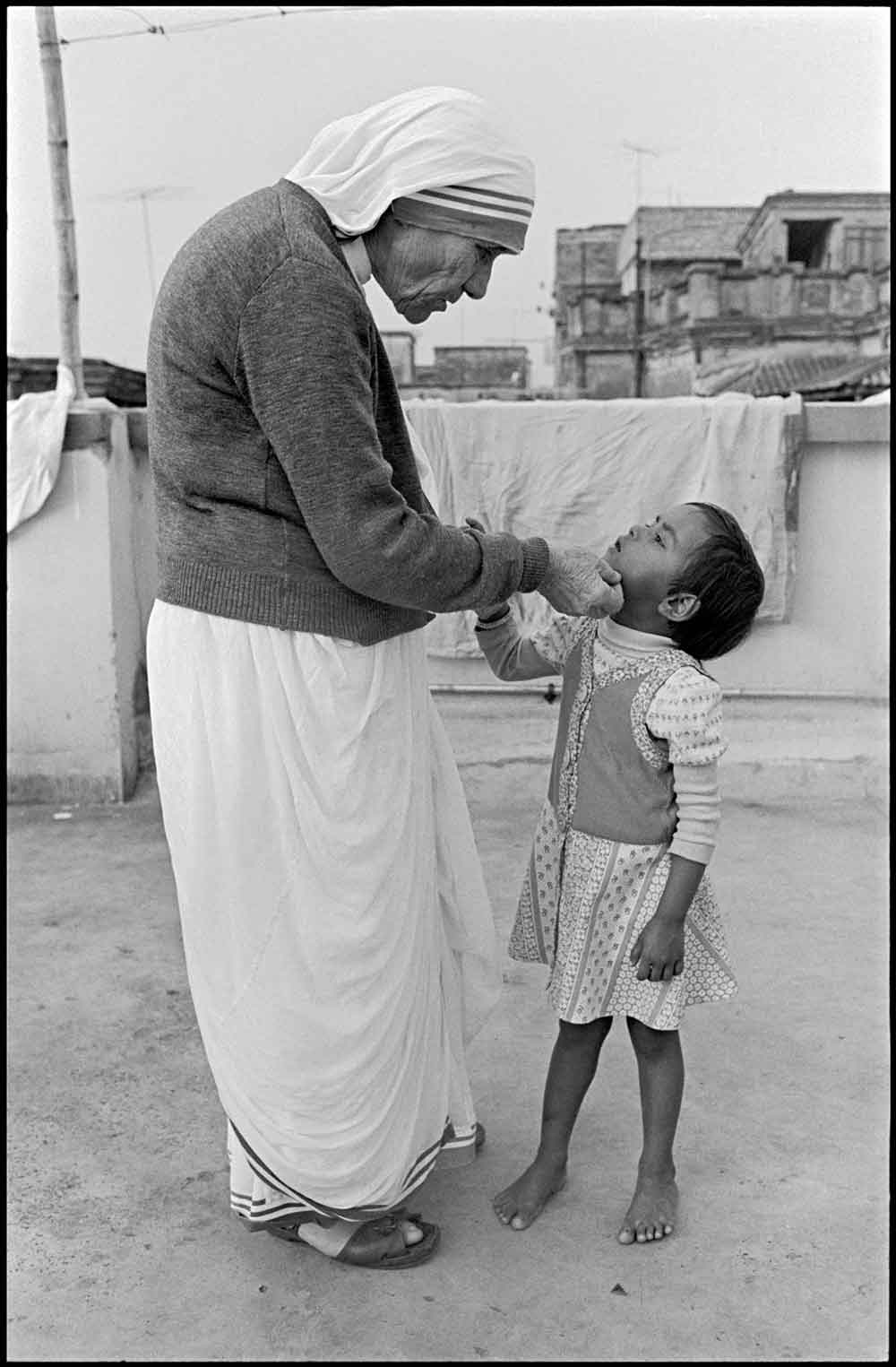
10) She was canonised in record time
After her death in 1997, Mother Teresa was beatified in 2003 and canonised in 2016 by Pope Francis—an unusually swift process for sainthood. The Vatican attributed two miracles to her intercession, including the healing of a Brazilian man with brain tumours. The Vatican News and international media widely reported her canonisation.
Legacy Beyond Borders
Mother Teresa’s life was one of paradoxes: an Albanian who became Indian, a nun who struggled with faith yet radiated hope, a global name who lived with radical simplicity. On her birth anniversary, these lesser-known truths remind us that sainthood is not the absence of doubt or struggle, but the choice to keep serving despite it.